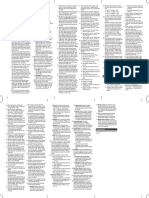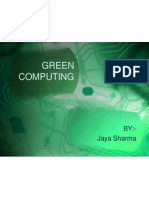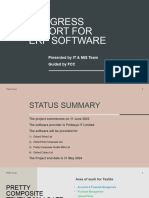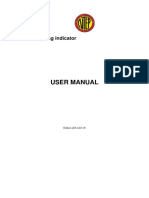0% found this document useful (0 votes)
51 views5 pagesComputer
The document provides comprehensive notes on computers, covering their definition, characteristics, types, components, functions, history, and applications. It discusses the input-process-output cycle, memory units, computer networks, and the advantages and disadvantages of using computers. Additionally, it highlights emerging trends in computing such as AI, cloud computing, and IoT.
Uploaded by
Harpreet KaurCopyright
© © All Rights Reserved
We take content rights seriously. If you suspect this is your content, claim it here.
Available Formats
Download as PDF, TXT or read online on Scribd
0% found this document useful (0 votes)
51 views5 pagesComputer
The document provides comprehensive notes on computers, covering their definition, characteristics, types, components, functions, history, and applications. It discusses the input-process-output cycle, memory units, computer networks, and the advantages and disadvantages of using computers. Additionally, it highlights emerging trends in computing such as AI, cloud computing, and IoT.
Uploaded by
Harpreet KaurCopyright
© © All Rights Reserved
We take content rights seriously. If you suspect this is your content, claim it here.
Available Formats
Download as PDF, TXT or read online on Scribd
/ 5



































































































